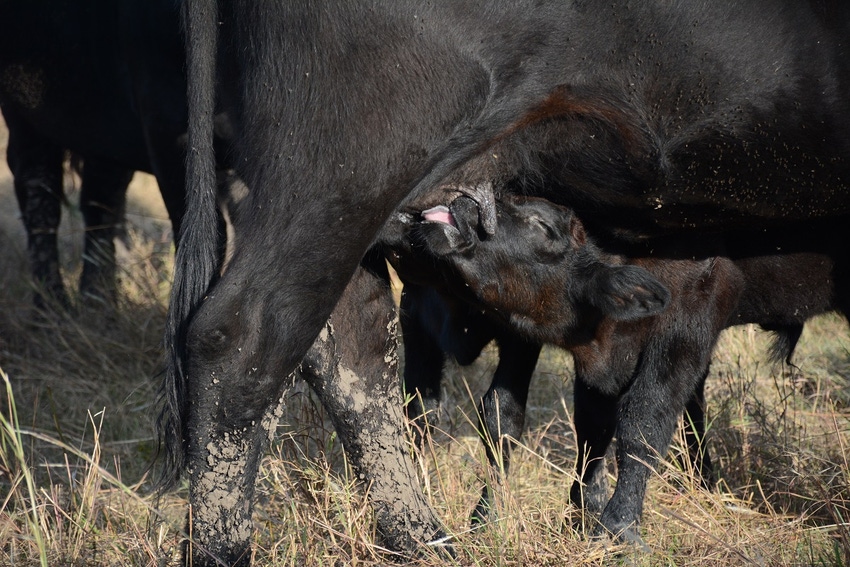
Being young and stupid beats the hell out of being old and stupid. Those who have grown old and have failed to limit the frequency and size of their mistakes just do not have much to look forward to enjoying.
Survival is mandatory, much as making positive changes and improvements are a regular demand faced by us or our business. Of course, death is required of all life. The truth is that we can prolong the fun or the agony. It’s our choice.
I think of this when I see beef producers all over the country annually haying much of their best ground so they can spend the winter in the mud, handling huge amounts of good high-dollar material that is losing their money. Then I read writer after writer who says that this insanity is a necessary part of the business. On the flip side, Walt Davis says that it’s not against the law to be stupid but that it should be illegal to teach stupid.
Today I was reading articles on cattle immunity and calf immunity. It just happens that I have been blessed to be around a bunch of this animal health business for 40 years. I have been involved with thousands of purchased 3-day-old calves from Wisconsin, the East Coast, and Florida. I’ve been through the three-day warranty deal. I’ve seen women raise 98 out of 100 calves, and at other times I’ve seen 90 out of 100 die.
I have been to lots of calf-raising schools, both on the farm and at the university, and this is what I know:
Cow/heifer nutrition during the last trimester of pregnancy is critical to the newborns' health. This includes energy levels, proteins, minerals, and at least five or six trace minerals. Vitamin A and E are important.
Environment is important. This includes temperature, moisture and cleanliness. We don’t need to forget 10 weeks of pasture recovery between short cattle stays. The calf should be learning what to eat before it is born.
Colostrum is critical, and the colostrum needs to come from the calf's mother or at least a cow. It is best if nursed by the calf within 15 to 30 minutes after birth. High quality colostrum is the norm for cows calving four to six weeks after pastures have greened up and gained strength. One gallon initial production is near perfect.
Weak calves are a big problem with winter and early spring calving.
Genetics are important but the genetic traits and the epigenetics must be programmed to work within the environment.
It is important for us to remember that cattle are naturally programmed to be healthy and vibrant, not sick and weak. Most health problems and weak calves are manmade. Mankind's history has been and often still is to work toward simplification of a highly complex natural system rather than manage and live by a handful of fairly simple principles that are long proven.
The truth is that every cell and every organ and every organ system in cattle is involved with health and immunity. Our understanding is incomplete but we now know that the complexity is likely beyond our ability to learn and understand all the pathways of really good function and health. Remember that longevity is No. 1 and that longevity requires health, great immune system functions, production and usually reproduction.
Most programs and management practices that depress longevity are anti-health. Confinement has become North America’s modus operandi for agriculture. Confinement tends to be stressful and simplistic. Cattle health requires "new ground" and lots of plant diversity. (25% of milk cows have a recorded history of health problems in quality managed confinement operations). The size and financial backing of many large confinement operations is remarkable as is the technological strides of the past several decades. But the truth is that cost, health, immune functions, and longevity continue to slide down the hill, as does product quality. I noticed recently that the cost of production was more than the value of the milk in all but two states (Utah & Georgia). Neither are considered major dairy states.
Optimum immune function is something we can help deliver out on the pasture with managed boom-and-bust grazing practices. When we start or actively continue to change certain production characteristics and volumes with salt fertilizers, annual plants, chemicals, and GMOs the quality and other changes take the immune system out/or at least stress the system into premature function loss. Product quality suffers as well.
Dinosaurs went extinct a long time ago due to their cost of maintenance and production. I’m not sure we have learned that lesson in the cow business.
About the Author(s)
You May Also Like






